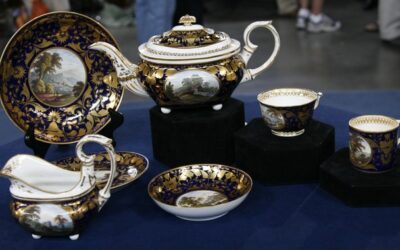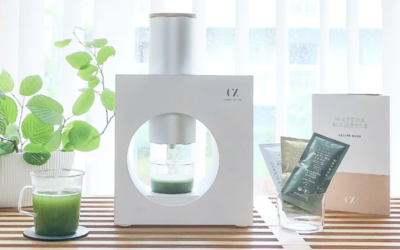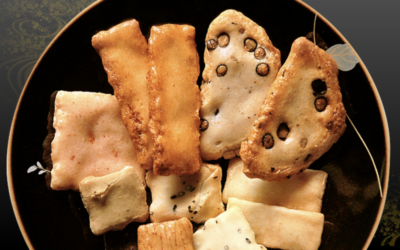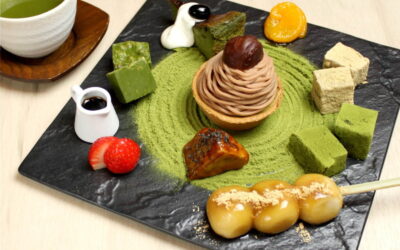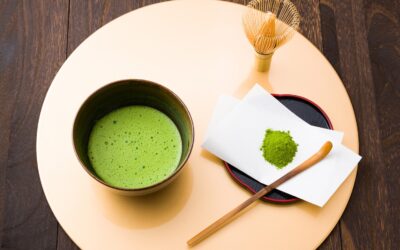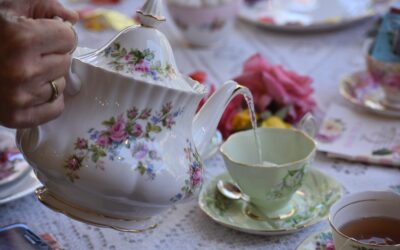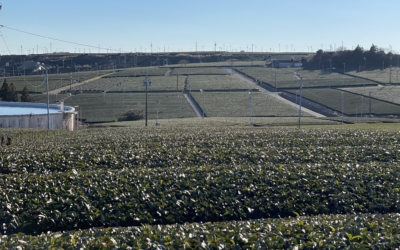The great turning point for Black Tea came in the 19th century. After the discovery of Assam, a more suitable tea tree for tea, and the process of tea production, tea cultivation started all over the world. Let’s take a look at the world’s tea culture.
Tea Propagation

Why did England develop the Black Tea Culture?
When talking about black tea culture, England is always mentioned, but why did England develop its own tea culture among the Western European countries?
Tea (green tea) was first introduced to Western Europe in 1610, but Coffee had already spread in the West before that. Since coffee was originally from Africa, France, which had colonies in Africa, monopolized the trade rights. In the beginning, coffee was also drunk in England, but as tea spread to households, the demand for it increased rapidly.
In the 17th century, tea was imported directly from China, and in the 19th century, native tea trees were discovered in the Assam region of India, which was a British colony.
The name of tea differs depending on the import route
Tea has been introduced from China to many parts of the world. Therefore, in every language of the world, tea is called by very similar names. These names are either derived from the Cantonese word for tea, “cha”, or the Fujian word for tea, “tay”.
The countries that use Cantonese names have a long history with tea, while the countries that use Fujian names are characterized by the introduction of tea via Indonesia.
Names derived from Cantonese (cha):
-cha(India), -ja(Tibet), -cha(Japan), -cha(Persia), -chav(Turkey), -chai(Arabia), -chai(Russia)
Names derived from Fujian (tay) origin:
-te(Indonesia), -thee(Netherlands), -tea(UK), -the(France), -te(Italy), -te(Hungary), -tee(Finland), -thea(Sri Lanka)
India and Sri Lanka, Two Major Tea Producing Countries

India and Sri Lanka are the most famous tea-producing countries in the world. However, the history of black tea production is surprisingly young, and full-scale production did not begin until the mid-19th century. Today, India and Sri Lanka are the first and second largest producers of black tea, excluding China, which also produces oolong and green teas. Tea culture would not be complete without these two countries.
India, The Sanctuary of Black Tea
Since the establishment of the British East India Company in 1600, India has developed as a British colony, but it was not until 1823, when a new species of tea tree was discovered in Assam and tea gardens were cultivated, that India became known as a tea producing country. However, by the second half of the 19th century, it had surpassed Chinese tea in supplying all of Britain’s needs.
Tea growing regions in India can be broadly divided into northern and southern regions. In the north, Assam, the world’s largest tea-producing region, produces more than half of India’s tea, and Darjeeling is known for its distinctive muscat flavor. In South India, Nilgiri is famous.
India is now known as the world’s largest producer of black tea, but it is also the world’s largest consumer of domestic tea, and many cups of masala tea with plenty of milk are drunk every day.
Green Gold on the Shining Island
Sri Lanka, which means “shining island” in Sinhalese, began producing tea on a trial basis in the mid-19th century. Sri Lanka was originally known for its coffee, but at the end of the 1870’s, the coffee plantations were wiped out within a few years by a pest that killed them. After that, tea trees were planted on the sites of the coffee plantations, and the tea plantations expanded.
In Sri Lanka, now known as the world’s second-largest tea producer, the tea is called “green gold”. The production area is divided into east and west, with Uva, one of the world’s three most famous teas, Dimbula and Nuwara Eliya in the west.
Russia, Tea Brewed with a Samovar
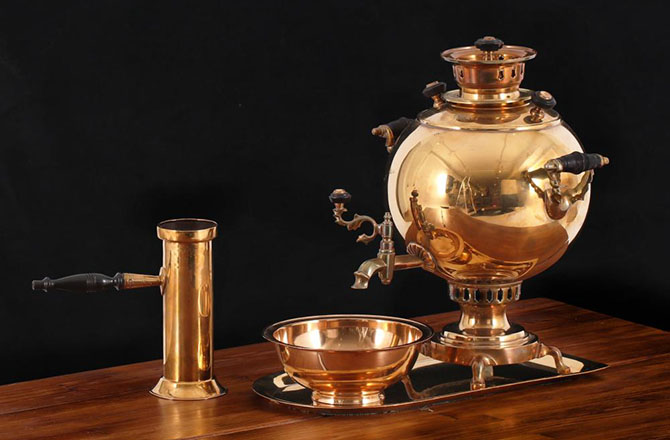
Chinese tea brought by camel caravans
Since the 16th century, Chinese tea was drunk in Russia, but while Western countries transported tea by sea around the Cape of Good Hope in Africa, Russia transported tea by land using camel caravans until the end of the 19th century.
One would imagine that the overland route would have been much easier than the sea route, but Moscow and other Russian cities were close to Western Europe in terms of distance, and it would have taken 16 to 18 months to transport the 18,000 kilometers from China by slow camel.
Therefore, with the completion of the Suez Canal in Egypt in 1869 and the advent of the steamship era, sea routes from the Suez Canal through the Aegean and Black Seas came into use, and with the opening of the Trans-Siberian Railway to Vladivostok in 1916, the history of tea transportation by caravan finally came to the end.
Russia’s Unique Samovar
In Russia, tea is brewed in a metal water boiler called a samovar. The samovar is made of metal in the shape of a jar, with a hollow metal pipe running vertically inside. Charcoal is burned in the pipe to boil the water in the samovar. The boiled water is then poured from the faucet into the teapot and placed on the top of the samovar to steep the tea leaves. In this way, a fairly strong black tea is made, which is then poured a quarter of the way into a glass or large cup, and the rest is diluted with hot water from the samovar.
Sometimes thin slices of lemon, sugar, jam, or rum are added to the tea, but mostly the style of Russian tea is to drink the strong tea while licking the jam directly off the spoon. Milk is rarely used.
Also, in Russia, there is only one substantial meal a day, and tea is drunk incessantly instead. For this reason, tools like the samovar are essential.
Tastiest Invention of United State: Burgers and Iced Tea
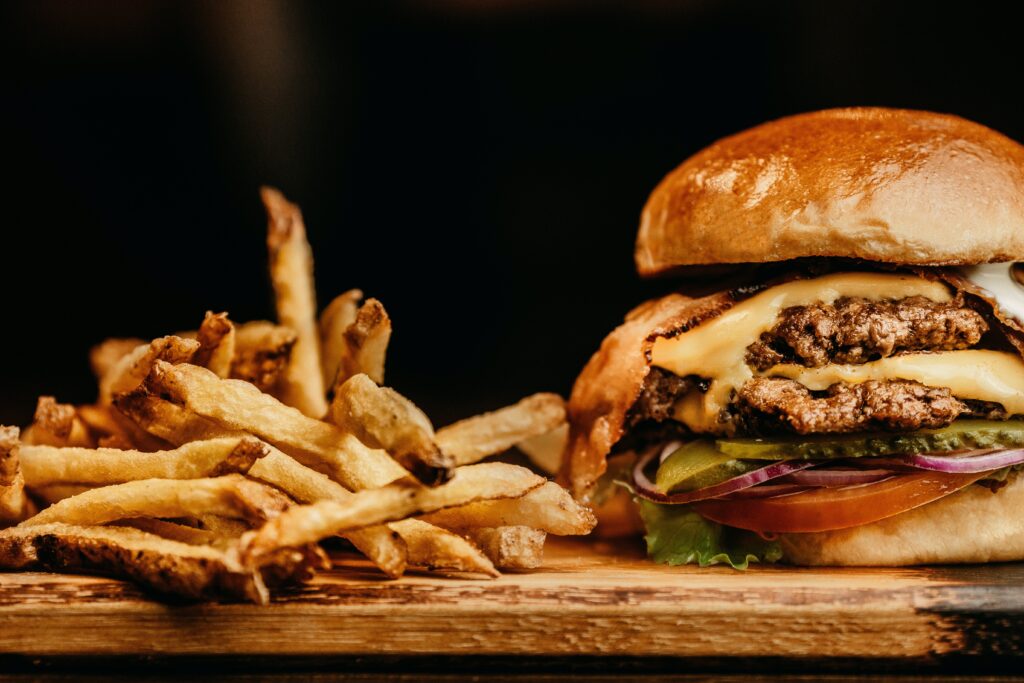
Tea to Coffee
The Dutch had established a colony on Manhattan Island in 1626 and named it New Amsterdam, and tea was drunk among the upper class people who settled there. It was the Dutch who first introduced tea to Western Europe, but it was also the Dutch who introduced tea to the new continent of America.
New Amsterdam was occupied by British troops in 1664 and renamed New York. In the eighteenth century, as tea became more common in England, porcelain and other tea utensils were introduced to the New Continent, and even tea gardens appeared in New York, imitating those in London.
Eventually, with the independence in 1776, the demand for tea increased to the point that the United States imported tea directly from China, but by the beginning of the 19th century, the consumption of tea by Americans dropped dramatically. The main reason for this was the change in the American lifestyle. Before urbanization, the distance between work and home was so close that it was common for people to go home for lunch and have a light meal with their families. However, as more and more workers commuted to the cities, it became impossible to have lunch at home, so people began to eat lighter lunches and larger dinners. At the same time, the custom of drinking tea with dinner was lost, and coffee became popular instead.
The appearance of Iced Tea
Today, the traditional tea-drinking habits of the past have been completely lost in the United States. As Americans’ dietary habits changed, they gradually lost the habit of drinking tea, which was determined by the Second World War.
The war made it difficult to import tea, and coffee from South America took its place. However, while hot tea was lost, cold tea, or iced tea, has become popular.
Iced tea was accidentally invented by an Englishman at Louisiana Purchase Exposition in St. Louis in 1904. He was visiting the exposition to sell tea, but no one was interested in his tea outdoors in the middle of summer. So he put ice in a container of tea and sold it as “iced tea,” which became popular.
In addition to iced tea, hamburgers were also introduced for the first time at the Expo. The hamburger, which could be eaten while driving, and the iced tea in a container with a lid can be said to represent the food and beverage culture of the United States today.
New style of canned tea, Japan
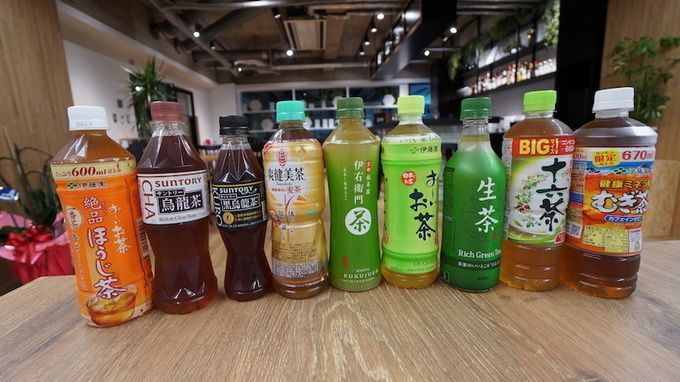
In Japan, where green tea has a long history and black tea was introduced only about a century ago, there is no tea culture of its own. Against this backdrop, canned or bottled tea beverages (canned tea) are the main attraction.
Popular Canned Tea
Currently, there are many kinds of canned black tea sold in Japan, but there is no other country that sells so many kinds of canned tea. In the U.S., there are a few types of iced tea in cans, but they are not as varied as in Japan, and there is no custom to heat up canned tea.
One of the reasons why canned tea has become so common is that vending machines were already in widespread use. It is said that Japanese cities are structured to give priority to trains and pedestrians, and it is true that there are always stores and vending machines at stations, and they are everywhere on busy street corners. The opposite of this pedestrian-oriented urban structure is the car-oriented American city, where people have limited opportunities to walk the streets unless they are downtown. Therefore, you won’t find them on street corners, and most canned drinks are sold in markets and stores.
This factor of the spread of vending machines applies not only to tea but to canned beverages in general, but focusing only on tea, it can be said that Japanese people’s tastes have changed from sweetened carbonated beverages to less sweetened non-carbonated beverages. This can be seen from the fact that in addition to black tea, there are also many canned green tea and oolong tea beverages on the market. In any case, it is certain that canned black tea has become a rare blockbuster product.



